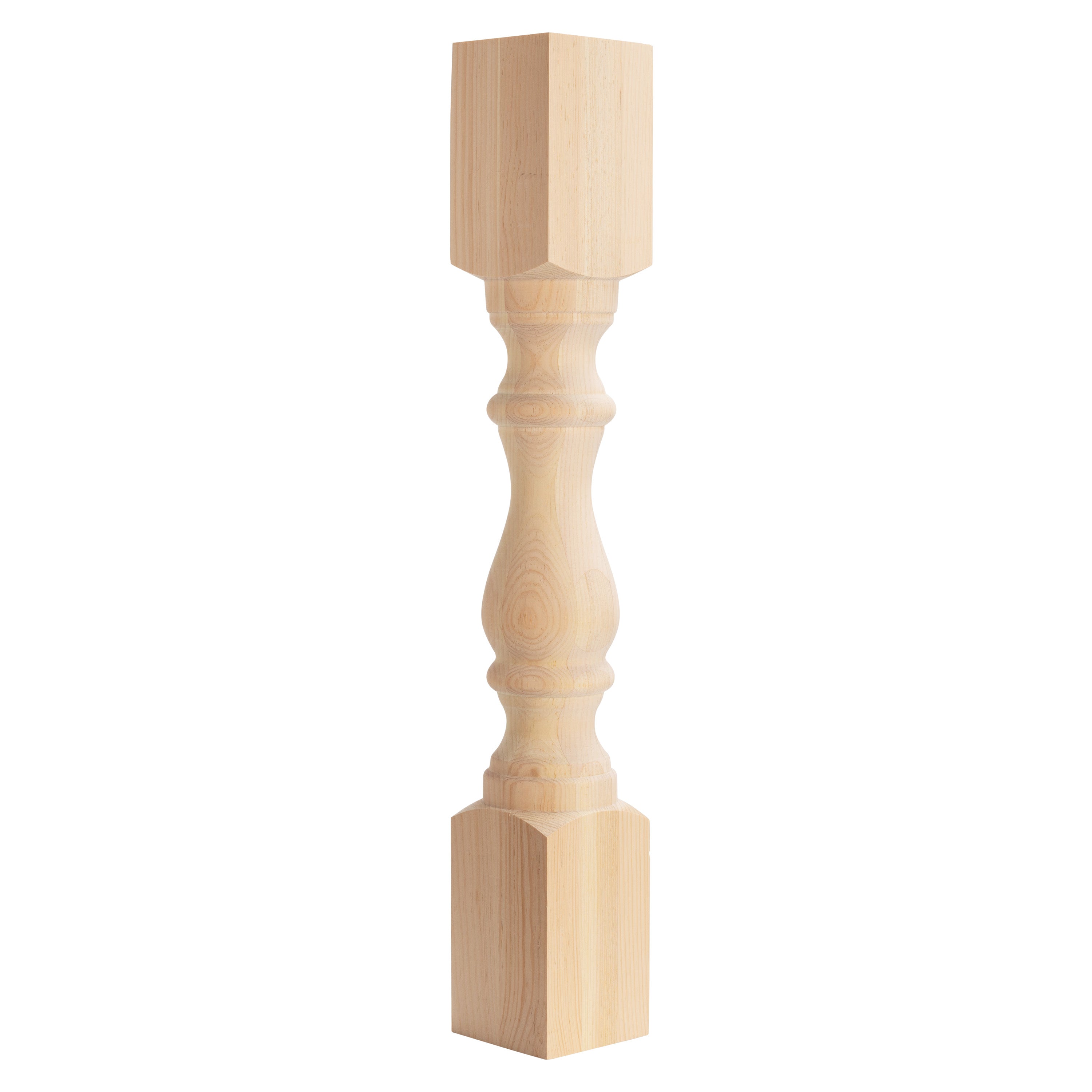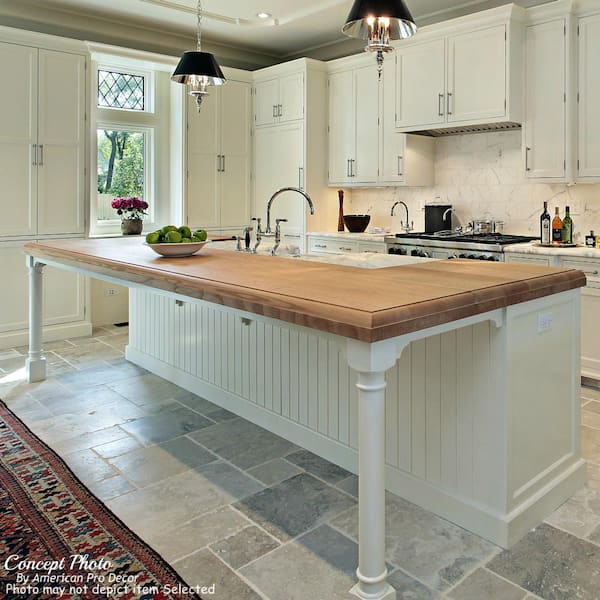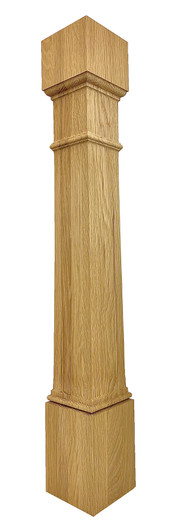Important Tips for Choosing the Perfect Kitchen Island Leg for Your Home
Important Tips for Choosing the Perfect Kitchen Island Leg for Your Home
Blog Article
The Significance of a Sturdy Kitchen Island Leg in Creating a Useful Food Preparation Location
A sturdy cooking area island leg offers as an essential element in establishing a useful cooking atmosphere, providing required support for both the counter top and various cooking area activities. As kitchens develop right into multifunctional areas for cooking, dining, and mingling, the selection of products and style factors to consider for island legs comes to be significantly crucial.
Benefits of Sturdy Island Legs
Providing important assistance, tough kitchen area island legs play a critical function in enhancing the performance and longevity of kitchen islands - kitchen island leg. These legs not just bear the weight of the countertop and any type of added items positioned on the island, but likewise contribute to the total security of the framework. A well-supported kitchen island ensures that it continues to be upright and useful, even under heavy usage, which is particularly important in busy cooking area settings
Moreover, sturdy island legs can enhance the aesthetic charm of the kitchen area. They provide a solid structure that can enhance different design styles, from contemporary to traditional. This convenience enables homeowners to tailor their kitchen area islands according to personal taste while making certain that the architectural stability remains uncompromised.
In enhancement to their helpful function, durable kitchen area island legs can also improve safety and security. Eventually, spending in strong kitchen area island legs is essential for a useful and aesthetically pleasing cooking area.
Materials for Kitchen Area Island Legs
When selecting materials for cooking area island legs, resilience and aesthetic appeal are important variables to take into consideration. The most common products include hardwood, steel, and crafted wood, each offering special benefits.
Wood, such as maple, oak, or cherry, is a traditional selection because of its stamina and ageless appeal (kitchen island leg). It can hold up against considerable weight and is immune to put on, making it suitable for high-use cooking area environments. Furthermore, hardwood can be discolored or painted to complement numerous kitchen styles
Metal legs, commonly crafted from stainless-steel or wrought iron, give a modern-day and industrial look. They are incredibly strong and can sustain substantial lots while being resistant to wetness and warmth, which is useful in a cooking location. Steel legs can likewise be quickly cleansed, enhancing their functionality.

Layout Considerations for Security
The choice of materials for kitchen area island legs directly affects the design factors to consider for stability. When developing a kitchen island, it is vital to assess the weight-bearing ability of the chosen products. Heavier products, such as solid timber or steel, normally offer better stability, especially under the anxiety of day-to-day use.
Furthermore, the leg layout should integrate appropriate geometry to boost stability. A wider base enhances the assistance location, minimizing the threat of wobbling or tipping. Consideration ought to likewise be provided to the height of the legs; out of proportion leg sizes can result in imbalance, jeopardizing the total stability of the island.
Additionally, the circulation of weight across the island is vital. Ensuring that the leg positioning aligns with the heaviest elements, such as kitchen counters and home appliances, will certainly better improve security.
Maintenance Tips for Longevity

Cleaning is one more critical aspect of maintenance. Depending on the material of the legs-- whether timber, metal, or composite-- suitable cleansing approaches should be employed. For wooden legs, a gentle clean with a suitable timber and a damp towel cleaner will assist protect their coating. Steel legs might require a light polish to avoid corrosion and keep their luster.
Additionally, tightening screws and bolts routinely can guarantee stability and avoid wobbling. If the kitchen area island experiences heavy use, think about strengthening the legs with additional brackets or supports to improve toughness. Last but not least, using a safety surface or sealer can safeguard versus dampness and spots, extending the life expectancy of the legs. By following these maintenance pointers, house owners can guarantee their kitchen area island legs remain robust and practical for many years to come.
Picking the Right Leg Design
Regular upkeep ensures that kitchen island legs stay useful and tough, yet picking the appropriate leg design is just as crucial for both appearances and support. The choice of leg design can significantly affect the overall design and harmony of your cooking area.

Performance is one more important aspect. For example, thicker legs or those with a strong base can support larger countertops and equipment, enhancing the island's utility. On the other hand, slim legs might develop a ventilated look, appropriate for lighter styles however potentially less helpful.
Final Thought
In recap, the relevance of strong kitchen island legs can not be overemphasized in the production of a practical food preparation location. These legs give essential assistance, boost security, and contribute to the total aesthetic of the kitchen.
A tough kitchen area island leg serves as a basic component in developing a practical food preparation atmosphere, giving needed assistance for both the counter top and different kitchen tasks.Providing essential assistance, durable cooking area island legs play a critical duty in enhancing the capability and toughness of kitchen islands. Inevitably, investing in durable kitchen island legs is necessary for a practical and aesthetically pleasing cooking area.
Consideration needs to also be given to the elevation of the legs; out of proportion leg lengths can lead to inequality, compromising the overall security of the island.
Wood legs give warmth and a traditional look, while metal legs provide a modern-day and commercial feel.
Report this page